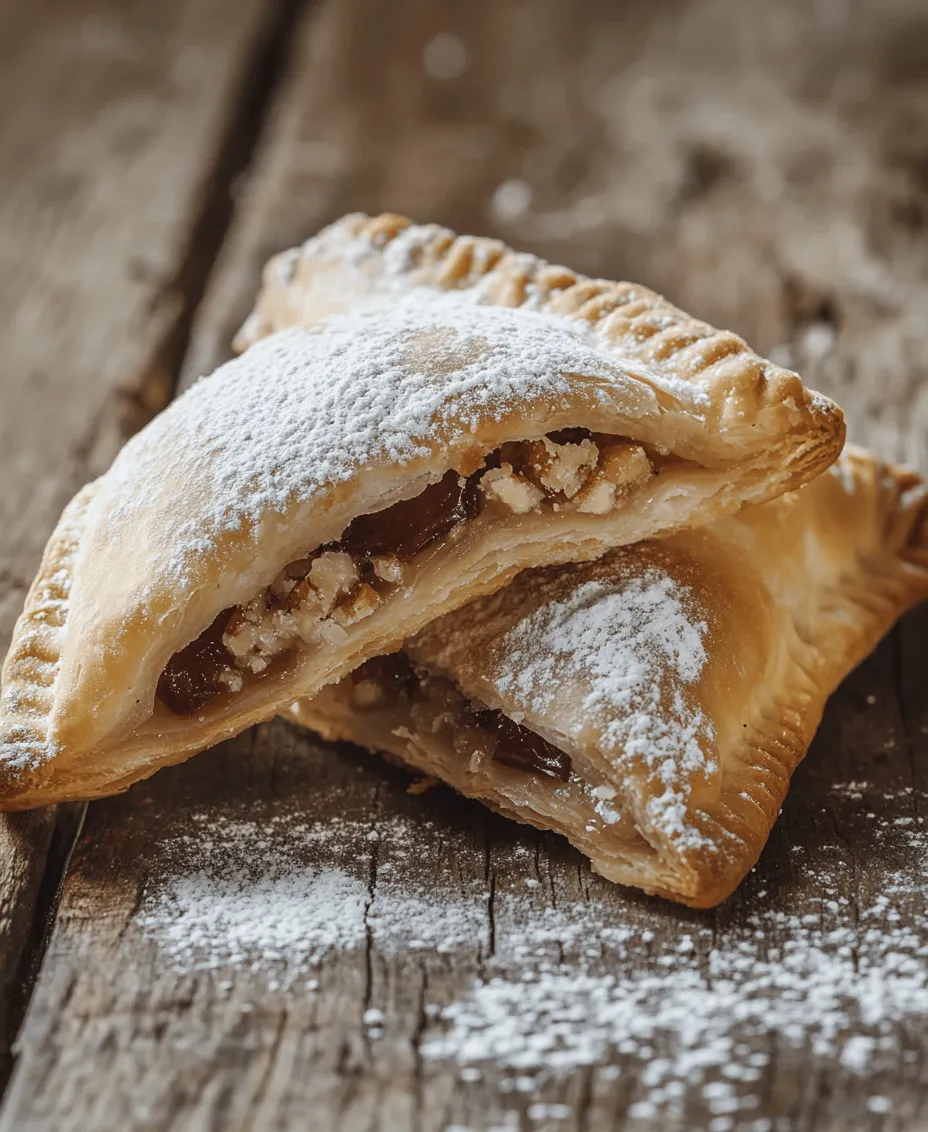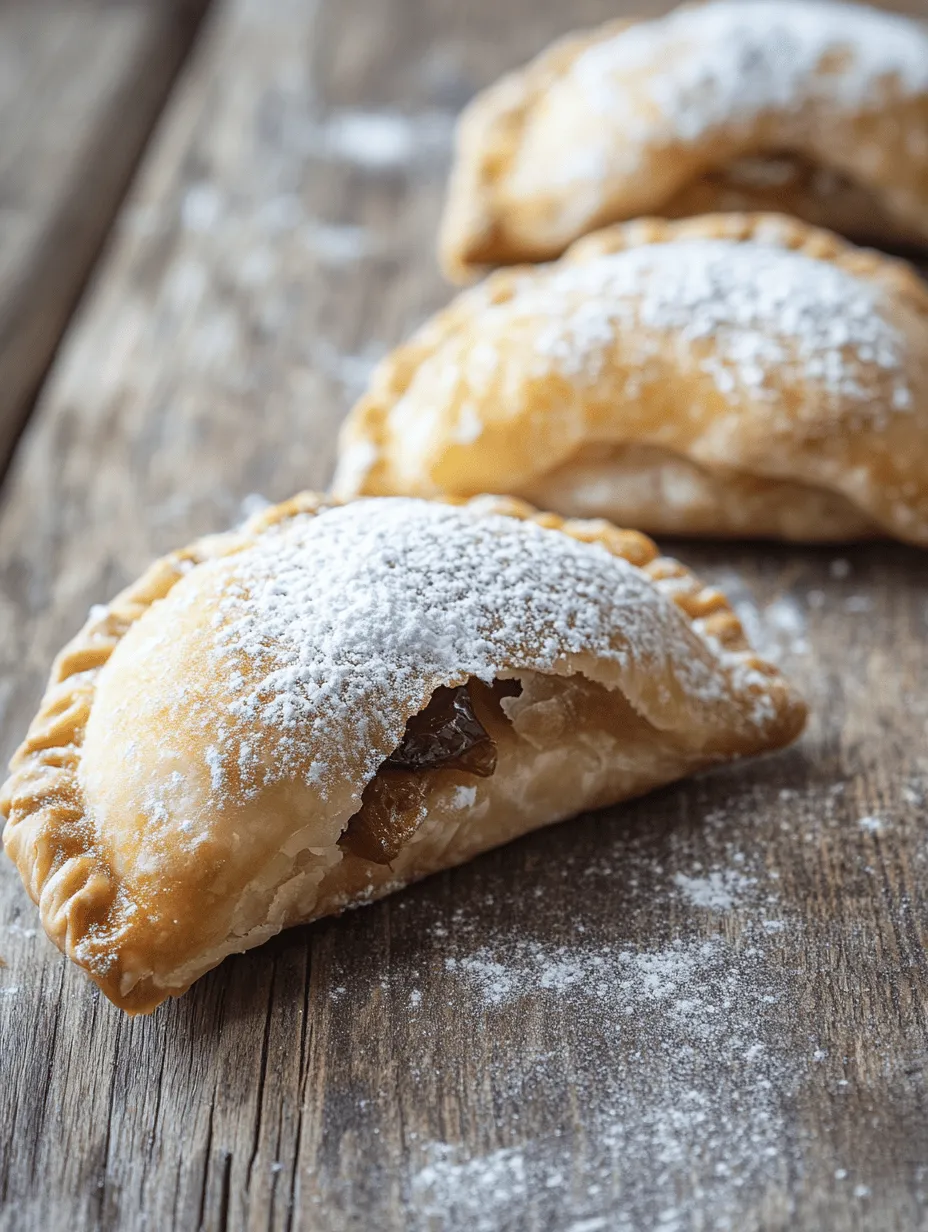Introduction
Nabulsi Tamriyeh is more than just a pastry; it is a symbol of heritage, culture, and the rich culinary history of Palestine. Originating from the city of Nablus, this delightful treat is renowned for its unique combination of flavors and textures. The melding of sweet dates and crunchy walnuts enveloped in a soft, slightly chewy dough creates a harmony that resonates deeply with anyone who has had the pleasure of indulging in it. For many, Nabulsi Tamriyeh evokes nostalgic feelings, often reminiscent of family gatherings, celebrations, and the warmth of home-cooked meals shared among loved ones.
What makes Nabulsi Tamriyeh truly special is not only its mouthwatering taste but also the way it connects generations, bridging the past with the present. This recipe is a beautiful representation of Palestinian culinary art, showcasing the use of simple yet wholesome ingredients that come together to create something extraordinary. In this article, we will explore the intricacies of making Nabulsi Tamriyeh, providing you with a comprehensive guide to recreate this traditional pastry in your own kitchen. Whether you are familiar with Middle Eastern desserts or are venturing into this realm for the first time, this recipe is accessible and rewarding.
Understanding Nabulsi Tamriyeh
Nabulsi Tamriyeh is a traditional Palestinian pastry that is beloved for its rich flavors and satisfying textures. This pastry is characterized by its filling of sweet dates and crunchy walnuts, which are wrapped in a soft dough made from a combination of all-purpose and semolina flour. The use of these two types of flour not only contributes to the delightful texture but also enhances the flavor profile, making every bite a wonderful experience.
The key ingredients in Nabulsi Tamriyeh play a critical role in its overall taste and texture. Dates, a staple in Middle Eastern cuisine, provide natural sweetness and a chewy consistency that perfectly complements the nuts. Walnuts add a satisfying crunch and a rich, earthy flavor that elevates the dish. These ingredients are not just delicious; they also offer numerous health benefits. Dates are high in fiber, antioxidants, and essential vitamins, while walnuts are a great source of healthy fats, protein, and omega-3 fatty acids.
The appeal of Nabulsi Tamriyeh lies in its versatility. It can be enjoyed as a snack, a dessert, or even as a breakfast option paired with a cup of tea or coffee. Its unique flavors and textures make it an ideal treat for festive occasions, family gatherings, or simply as a delightful indulgence to brighten up your day.
Ingredients Breakdown
To create the perfect Nabulsi Tamriyeh, it is essential to have a clear understanding of each ingredient and its purpose. Here’s a detailed breakdown of the ingredients you will need:
All-Purpose Flour and Semolina Flour
Both all-purpose flour and semolina flour are essential to achieving the desired texture of Nabulsi Tamriyeh. All-purpose flour serves as the primary base, providing structure and flexibility. Semolina flour, made from durum wheat, adds a slightly coarse texture that contributes to the pastry’s unique chewiness. The combination of these flours results in a dough that is soft yet resilient, allowing it to hold its shape while baking.
Sugar
Sugar is the primary sweetener in Nabulsi Tamriyeh, balancing the natural sweetness of the dates. While granulated sugar is commonly used, you can also experiment with alternatives like coconut sugar or honey. It’s important to consider the sweetness level based on personal preference and the sweetness of the dates you use.
Salt and Ground Cinnamon
Salt is a crucial ingredient in any baked good, as it enhances flavors and balances sweetness. A pinch of salt in the dough ensures that the overall flavor is well-rounded. Ground cinnamon, on the other hand, adds warmth and depth to the pastry, complementing the sweetness of the dates and the nutty flavor of the walnuts.
Active Dry Yeast
Yeast is essential for creating the light, fluffy texture of the dough. Active dry yeast works by fermenting the sugars present in the flour, producing carbon dioxide that causes the dough to rise. Proper activation of the yeast is crucial for the success of this recipe, as it directly affects the final texture of the pastry.
Olive Oil
Olive oil is used in Nabulsi Tamriyeh not only for its flavor but also for its ability to create a tender, moist dough. The rich, fruity notes of olive oil complement the sweetness of the dates and the nuttiness of the walnuts, enhancing the overall taste of the pastry.
Dates and Walnuts
As the star ingredients of Nabulsi Tamriyeh, dates and walnuts are what set this pastry apart from other desserts. Dates provide natural sweetness, while walnuts contribute a delightful crunch. Both are packed with nutrients, making this pastry a wholesome treat. You can also experiment with other nuts, such as pistachios or almonds, for a different flavor profile.
Vanilla Extract and Powdered Sugar
To elevate the flavor of the filling, a splash of vanilla extract is often added. This ingredient adds a subtle aroma that rounds out the sweetness of the dates. Lastly, powdered sugar is typically sprinkled on top of the finished pastries for a touch of sweetness and an appealing presentation.
Preparation Steps in Detail
Activating the Yeast
Activating the yeast is a critical step in the preparation of Nabulsi Tamriyeh. To do this, you will need to dissolve the active dry yeast in warm water (around 110°F or 43°C) along with a pinch of sugar. This mixture should sit for about 5 to 10 minutes, during which time the yeast will begin to bubble and foam. This indicates that the yeast is alive and ready to use. Proper activation is essential for ensuring that your dough rises adequately, resulting in a light and fluffy pastry.
Tips for Ensuring Proper Yeast Activation:
– Use warm water, not hot, as excessive heat can kill the yeast.
– If the yeast does not foam after 10 minutes, it may be dead, and you should start again with fresh yeast.
– Ensure that the sugar added to the yeast is minimal, as too much can hinder its activation.
Mixing Dry Ingredients
Once your yeast is activated, it’s time to prepare the dry ingredients. Start by sifting together the all-purpose flour, semolina flour, sugar, salt, and ground cinnamon in a large mixing bowl. Sifting is important because it aerates the flour, ensuring a uniform mixture and preventing clumps that could affect the dough’s texture.
Importance of Sifting and Blending:
– Sifting helps remove any impurities and lumps, resulting in a smoother dough.
– Blending the spices evenly throughout the flour ensures that every bite of your pastry is infused with flavor.
Combining Wet Ingredients
In a separate bowl, combine the activated yeast mixture with olive oil and any additional flavorings, such as vanilla extract. Stir the mixture until well combined. The next step is to gradually add this wet mixture into the dry ingredients.
The Science Behind Mixing Wet and Dry Ingredients:
– Combining wet and dry ingredients activates the gluten in the flour, which is crucial for creating the structure of the dough.
– Mixing too vigorously can lead to a tough dough, so use a gentle hand when bringing the ingredients together.
Kneading the Dough
Kneading is an essential step that develops the gluten and creates the elasticity needed for the dough. Transfer the combined ingredients to a floured surface and knead the dough for about 8-10 minutes, until it becomes smooth and elastic.
Step-by-Step Guide to Kneading Techniques:
1. Flatten the Dough: Start by pressing down on the dough with the palms of your hands to flatten it.
2. Fold and Push: Fold the dough over itself, then push it away from you using the heel of your hands. Rotate the dough a quarter turn and repeat the process.
3. Check for Consistency: The dough should be soft and slightly tacky but not overly sticky. If it’s too sticky, sprinkle a little more flour as needed.
Kneading not only helps develop gluten but also allows you to incorporate any remaining flour and ensures that all ingredients are thoroughly combined.
In the next part of this article, we will continue with the remaining preparation steps, including shaping the pastries and baking them to perfection. Stay tuned as we delve deeper into the nuances of creating this beloved Palestinian treat.

Signs of Well-Kneaded Dough and Troubleshooting Sticky Dough
Kneading the dough is a crucial step in making Nabulsi Tamriyeh, as it directly influences the final texture and structure of the pastry. A well-kneaded dough should be smooth, elastic, and slightly tacky to the touch but not overly sticky. To check if your dough is kneaded properly, perform the “windowpane test”: take a small piece of dough and stretch it gently. If it forms a thin membrane without tearing, it’s ready for the first rise.
If your dough is too sticky, there are a few troubleshooting steps to consider. First, ensure that you have accurately measured your flour and liquid ingredients; inconsistency can lead to a sticky mess. If the dough remains sticky after kneading, you can incorporate a little extra flour, a tablespoon at a time, until the desired consistency is reached. However, be cautious not to add too much flour, as it could result in a dense final product.
The First Rise
Once your dough is properly kneaded, it’s time for the first rise, also known as fermentation. This process is vital as it allows the yeast to feed on the sugars in the dough, producing carbon dioxide and alcohol, which create the airy texture characteristic of tamriyeh. During fermentation, the flavor develops, making the pastry richer and more complex.
For optimal fermentation, place your dough in a warm, draft-free environment. Ideal temperatures for rising are between 75°F and 80°F (24°C – 27°C). If your kitchen is cool, you might consider placing the dough in an oven that has been preheated to the lowest setting for just a few minutes and then turned off. Cover the bowl with a damp cloth or plastic wrap to retain moisture and prevent a crust from forming on the surface of the dough. Let it rise until it has doubled in size, which typically takes about 1 to 1.5 hours.
Creating the Filling
While the dough is rising, you can prepare the delicious filling that makes Nabulsi Tamriyeh so special. Begin by gathering your ingredients: fresh dates, walnuts, cinnamon, and a pinch of salt. Start by pitting the dates and chopping them into small pieces to ensure they mix well with the nuts.
In a mixing bowl, combine the chopped dates and walnuts. If you’d like to introduce more flavor, consider adding a teaspoon of ground cinnamon or nutmeg. This is also the perfect opportunity to experiment with different nuts or dried fruits. Almonds, pistachios, or even dried apricots can complement the sweetness of the dates beautifully. Once mixed, set the filling aside as you wait for the dough to rise.
Shaping the Tamriyeh
Once your dough has completed its first rise, it’s time to shape the tamriyeh. Begin by punching down the dough to release excess air. Divide it into equal portions, typically about the size of a golf ball. Flatten each piece into a circle about 4-5 inches in diameter.
Place a generous tablespoon of the filling in the center of each circle. To form the half-moon shape, fold the dough over the filling and press the edges firmly together to seal. Ensure that there are no gaps, as this will prevent the filling from escaping during baking. A visual cue for proper sealing is to crimp or pinch the edges together, creating a decorative edge that adds an appealing touch.
To achieve the perfect half-moon shape, you can also gently stretch the edges of the dough while pinching to ensure a uniform shape. Repeat this process for each piece of dough, placing the shaped tamriyeh on a parchment-lined baking sheet.
The Second Rise
After shaping, the tamriyeh needs to undergo a second rise. This step is crucial for achieving the light and fluffy texture that defines these pastries. During this rise, the dough will expand further as the yeast continues to work, resulting in a softer pastry.
Place the shaped tamriyeh in a warm area and cover them with a clean kitchen towel. Avoid placing them in direct sunlight, as this can cause uneven rising. Allow the tamriyeh to rise for about 30-45 minutes or until they have puffed up noticeably. The dough should feel light and airy to the touch, indicating that it’s ready for baking.
Baking the Tamriyeh
Preheating the oven is essential for baking Nabulsi Tamriyeh, as it ensures that the pastries bake evenly and develop the right texture. Set your oven to 375°F (190°C) and let it preheat while the tamriyeh complete their second rise.
When ready to bake, place the tamriyeh in the oven and monitor them closely. Baking typically takes about 15-20 minutes, but the exact time may vary based on your oven. A key indicator of doneness is color: they should be a beautiful golden brown, with the edges slightly darker. If your tamriyeh are browning too quickly, you can lower the oven temperature slightly to allow them to cook through without burning.
Finishing Touches
Once baked, remove the tamriyeh from the oven and allow them to cool on a wire rack for at least 10 minutes. Cooling is essential as it helps set the filling and avoids a soggy bottom. After they have cooled, dust the tamriyeh with powdered sugar for a beautiful presentation. Use a fine-mesh sieve to achieve an even layer, and don’t hesitate to be generous with the sugar for that classic look.
Serving Suggestions
Nabulsi Tamriyeh makes for a delightful treat, perfect for pairing with tea or coffee. They are often enjoyed during special occasions, festive gatherings, or simply as a comforting snack. In Middle Eastern culture, these pastries are a symbol of hospitality, often served to guests as a sign of warmth and generosity.
Consider incorporating them into a larger spread, alongside other traditional treats like baklava or maamoul. They also make an excellent addition to brunch or afternoon tea, offering a sweet yet nutty flavor profile that complements a variety of beverages.
Nutritional Information
Nabulsi Tamriyeh offers a range of nutritional benefits thanks to its wholesome ingredients. Dates are rich in fiber, which aids digestion, and provide natural sweetness without the need for added sugars. Walnuts bring healthy fats, protein, and omega-3 fatty acids, contributing to heart health.
However, as with any treat, moderation is key. While these pastries are nutritious, they can also be calorie-dense. For a balanced approach, consider serving them alongside fresh fruits or yogurt to create a more comprehensive meal.
Conclusion
Nabulsi Tamriyeh is more than just a delicious pastry; it is a celebration of Middle Eastern culinary heritage. The delightful combination of flavors and textures in each bite reflects the rich traditions that have been handed down through generations. Making tamriyeh at home not only allows you to savor their unique taste but also connects you to the cultural roots of this beloved treat.
As you embark on this baking adventure, remember that the joy of making Nabulsi Tamriyeh lies in the process and the love shared with those you serve. Embrace the opportunity to explore Middle Eastern cuisine, and allow these pastries to become a cherished part of your culinary repertoire. Happy baking!


